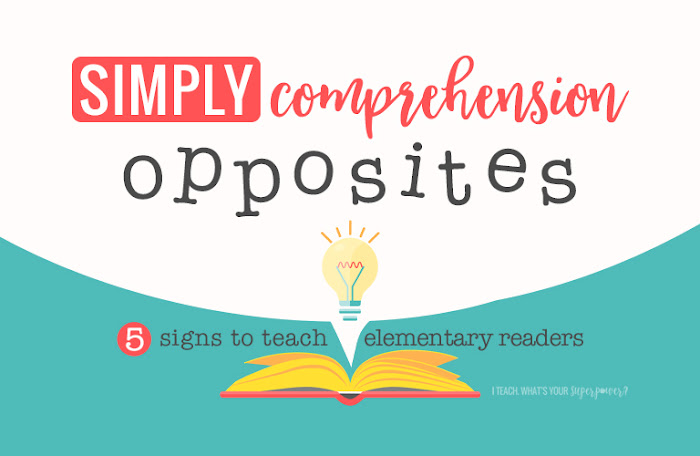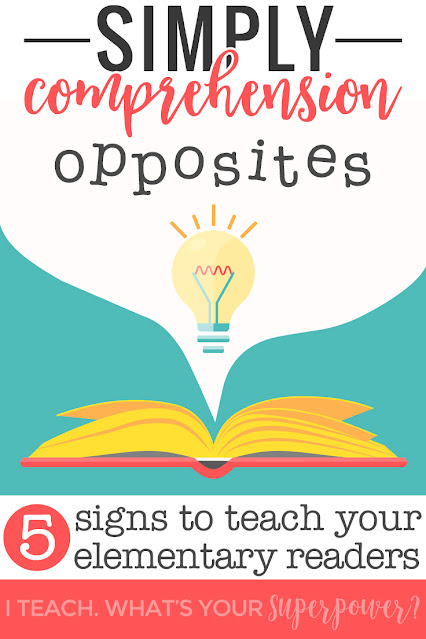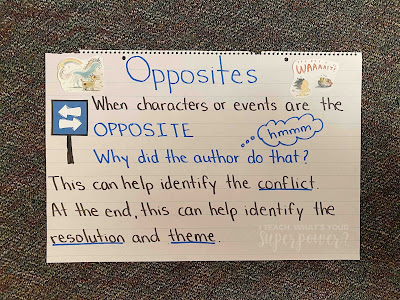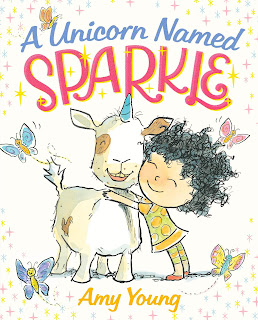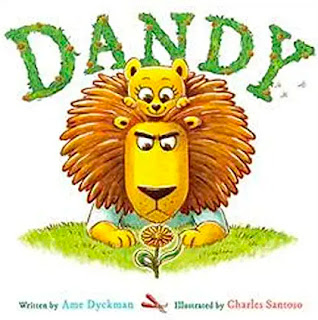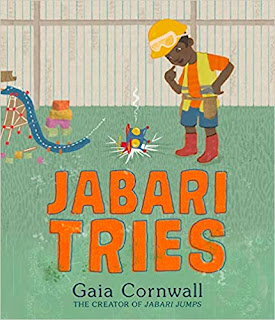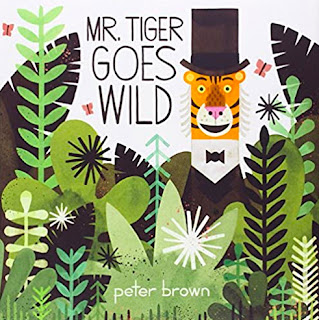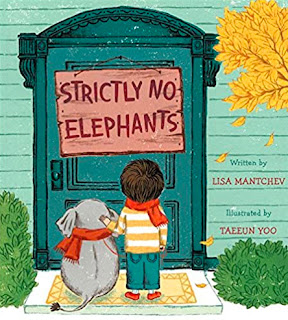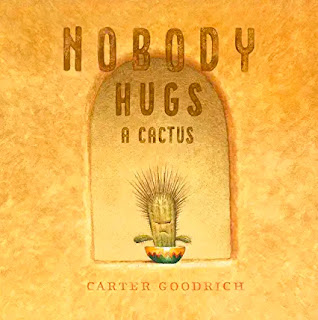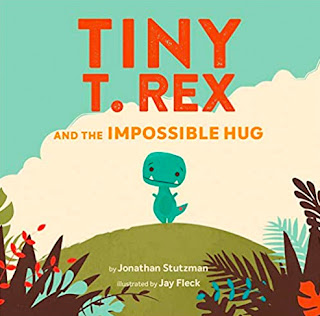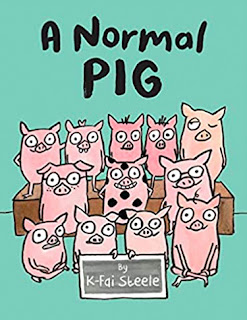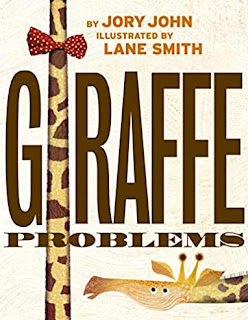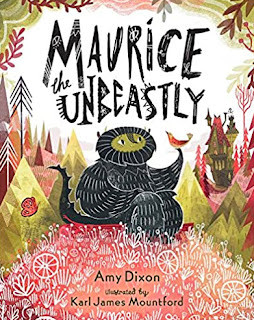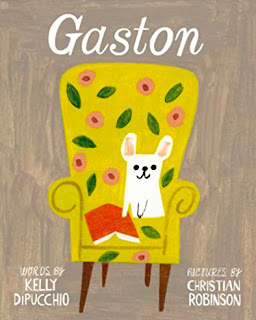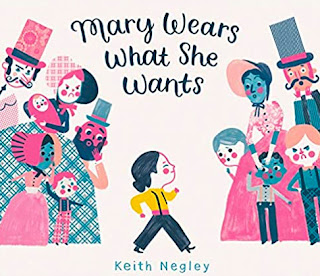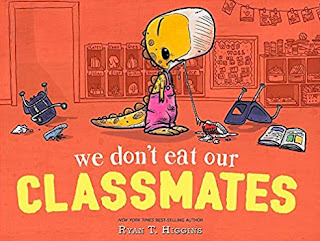(FYI-This is based on Notice and Note by Kylene Beers and Bob Probst. I've waited for years to share because there was supposed to be an elementary book but that never happened, so here we are. You can read more about the awesomeness of that book here.)
This post contains affiliate links which means Amazon tosses me some change whenever someone makes a purchase through one of these links and allows me feed my book habit!
Here's a scene from every elementary classroom: The teacher is reading a book to the class. They stop and do an amazing, insightful think aloud to give students a window into their thinking. Perfect, right?
Except there's one huge problem.
How did you know to stop right there and think? The reality is many of us have internalized those big signs that author's use to indicate something is important to the point we don't even realize we recognize them. Teaching kids how to recognize WHEN to stop and think was the missing piece to my comprehension instruction.
Teaching kids the universal signs in fiction texts (and literary nonfiction, too!) puts kids in charge of making meaning.
The Sign: Opposites
This one is a game changer. GAME CHANGER. The brain is a pattern making machine. Kids notice when something doesn't match or is the opposite.
Anchor Chart & Text
After introducing the anchor chart and signpost (without the anchor images), we read A Unicorn Named Sparkle as our anchor text. Here are two mini lesson including the anchor chart images to guide you if you'd like.
It includes a strong opposite at both the beginning that sets the problem and one at the end that leads kids to theme. (That's right-the T word.)
Using Opposites to Identify the Problem/Conflict
Lucy sends off for a unicorn and has BIG dreams for what Sparkle will look like, how he will act, and what they will do together. When he arrives, he's really a goat with a horn with terrible manners.
The contrast here is huge and a great place to have kids stop and think. Lead kids to turn and talk about why that might be important. Help them establish that this opposite identifies the problem/conflict.
Using Opposites to Identify Theme
Sparkle continues acting very much like a goat, and Lucy continues to be very unhappy with his behavior. She calls to have the Unicorn man pick him up. Towards the end as she waits to have him picked back up, her feelings start to change. The unicorn man picks him up and as he drives off, Lucy yells, "Waaaaiiiitttt!" and takes Sparkle back.
This is critical in helping kids understand theme. Most of the time it feels like they're just throwing out things that grow ups like, "Be nice to everyone" and "Help others". This gives them dots to connect.
What Lucy did was the opposite of what she was feeling and doing for the bulk of the story. She is NOT happy with her "unicorn" and spends most of the story impatiently waiting to send him back. The author proves over and over that Sparkle is not what Lucy wants.
What can this opposite teach us about life? I don't have a unicorn that's really a goat, but I can still learn a lesson from this story. Giving kids time and opportunity to practice that thinking together through a variety of texts will give them a solid understanding of theme.
Anchor Images
Add the anchor images after discussing the opposites to give students a visual anchor from the lesson.
Extend the Lesson
Did you ever read a book to your class, ask what the problem was, and get an absolutely wild answer? Or, they just tell you something bad that happened in the book. These are kids that have no anchor, no sign for identifying the conflict in the story.
I like to follow this first lesson up with a big stack of texts that have clear opposites in the title and/or cover illustration. The kids that couldn't tell you the problem in the book will now tell you the problem for books they haven't even read. It's that powerful.
**This minilesson is included in the same minilessons linked above. (Link)
Here are some of the texts I share only the title and cover. Kids are able to have powerful conversations about them by giving them opposites as an anchor for thinking about the problem:
Want more ways to make comprehension simple, authentic, and engaging? Four more posts are coming. I'll link them here once they're posted!

